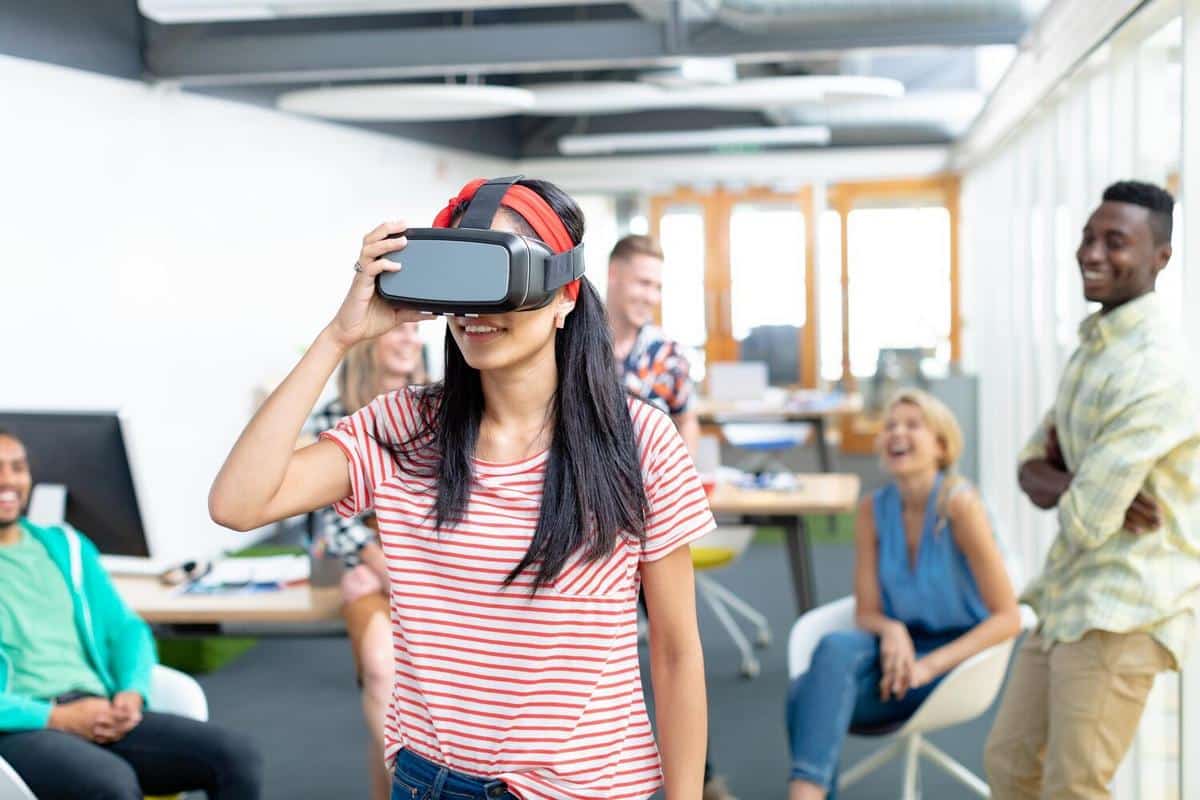
Exploring Virtual Reality in Education: A New Learning Frontier
Virtual Reality (VR) is revolutionizing the way we perceive and interact with the world around us, and its potential in the realm of education is both exciting and transformative.
Virtual Reality: A Game-Changer in Education
As educational institutions constantly seek innovative methods to engage students and enhance learning experiences, virtual reality emerges as a promising tool. Experts, like Jeremy Bailenson from Stanford University’s Virtual Human Interaction Lab, argue that VR can significantly increase engagement and retention rates by offering immersive learning experiences.
Statistics Supporting VR in Education
A study by PwC found that VR learners were 4 times more focused during learning sessions compared to e-learning and classroom students. Additionally, 75% of educators believe that VR will become mainstream within the next five years, as reported by the EdTech Review.
Real-World Applications of VR in Education
Imagine a history class that transports students to ancient Rome, allowing them to explore the Colosseum firsthand. Or a biology lesson where students can virtually dissect a frog without the mess. These scenarios aren’t just hypothetical; they’re becoming reality in schools that embrace VR technology.
Actionable Tips for Implementing VR in Classrooms
- Start small with affordable VR headsets and free educational apps.
- Involve teachers in the selection of VR content to ensure it aligns with the curriculum.
- Provide training sessions for educators to maximize the technology’s potential.
Consider collaborating with local tech companies or universities to gain access to VR resources and training opportunities.
Comparison Table: VR vs Traditional Learning Methods
| Aspect | VR Learning | Traditional Learning |
|---|---|---|
| Engagement | High | Moderate |
| Retention | Enhanced | Varies |
| Cost | Higher initial investment | Lower |
| Flexibility | High | Limited |
| Resource Accessibility | Broad | Depends on location |
| Interactive Learning | Highly interactive | Limited |
| Customization | Customizable | Standardized |
| Scalability | Scalable | Limited |
Frequently Asked Questions
How expensive is VR technology for educational purposes?
The cost varies, but initial investments can be offset by the long-term benefits of enhanced learning experiences.
Is VR suitable for all age groups?
Yes, VR can be adapted for different educational levels, from elementary schools to universities.
Can VR replace traditional teaching methods?
VR is a complementary tool that enhances traditional methods, not a replacement.
Conclusion: Embracing the Future of Education
As we continue to explore the capabilities of virtual reality in education, it becomes clear that this technology offers a new frontier for learning. By integrating VR into classrooms, educators can provide more engaging and immersive experiences, ultimately fostering a more effective and enjoyable learning environment. As VR technology becomes more accessible, the opportunities for educational innovation are boundless. To keep up with these developments, educators and institutions should start small, collaborate, and continuously adapt to integrate this exciting technology into their teaching strategies.